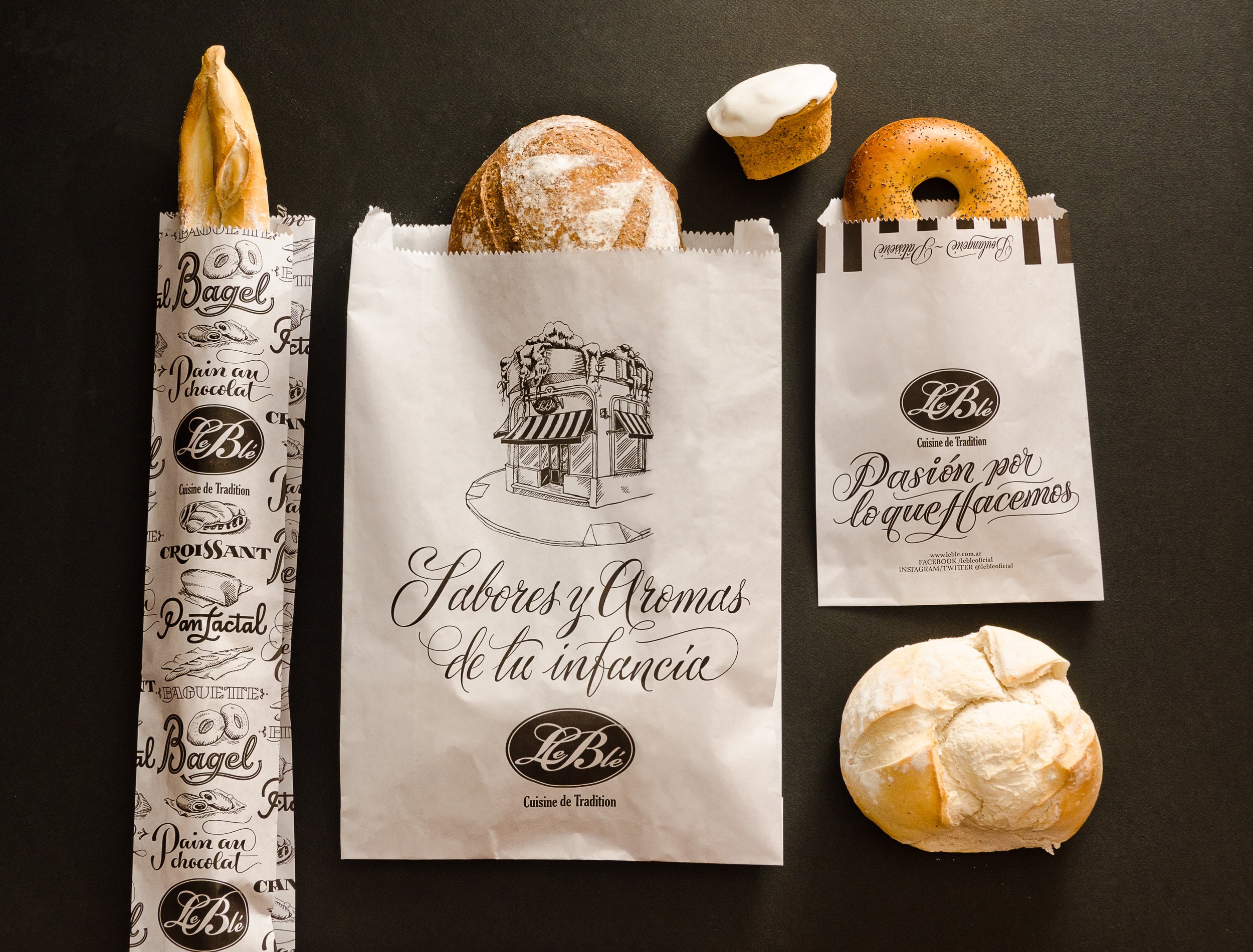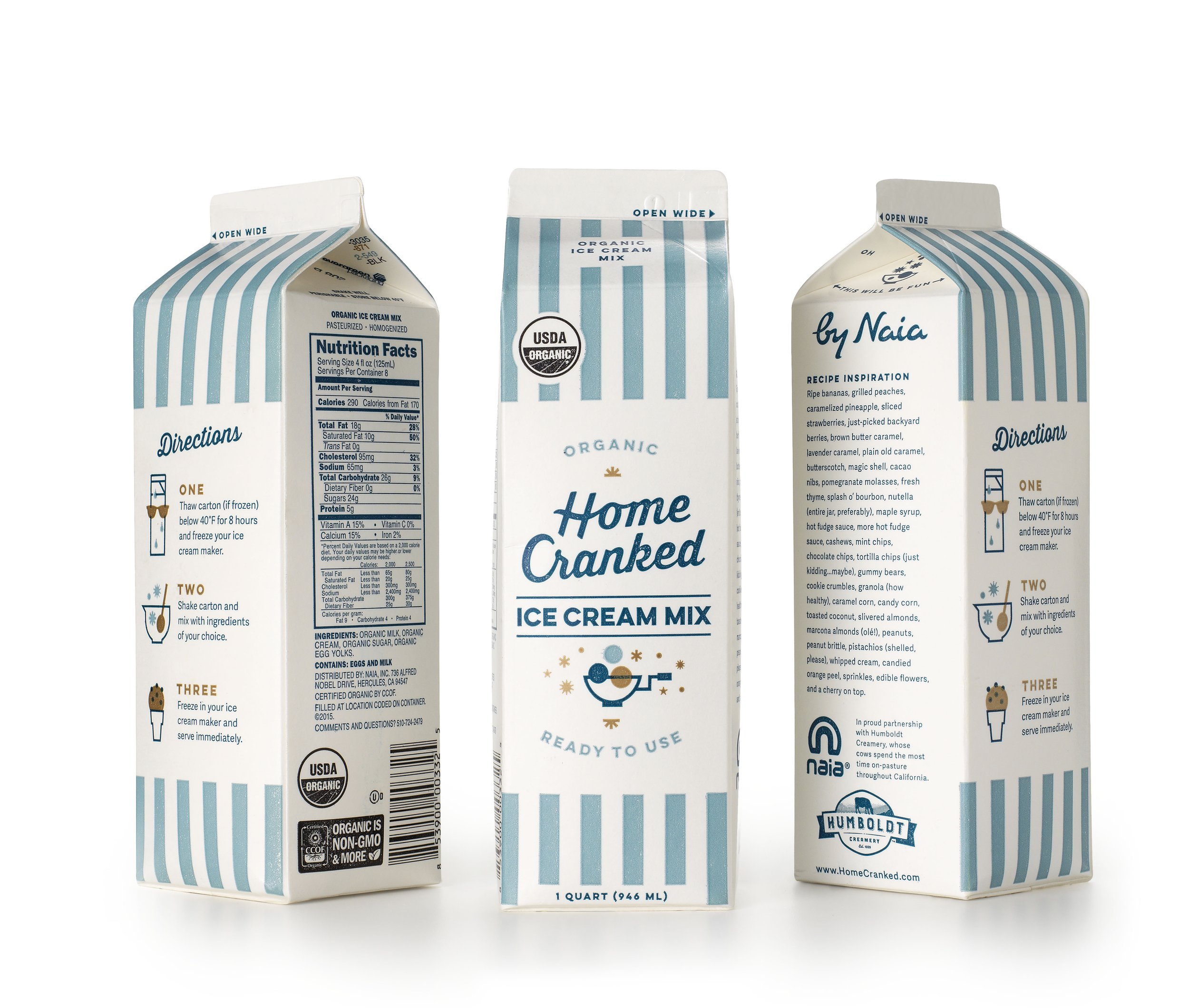An Ode to Flexography
An excerpt from a 2018 article written for Uppercase Magazine
My daily world is in printing for paperboard packaging. I love printing! My friends all know this passion runs deep. I’m often touting how print has a firm place in the history of civilization or marveling about how something was printed. Most days I’m working with sheetfed offset printing, but today, I’m a new fan of Flexography, flexo for short, and here’s why.
Flexo is king in packaging! I guess its reign is really no surprise when you find out flexo is used on such a wide variety of substrates including paper & paperboard, plastic films, metallic films and foil. You’ll find flexo packaging in food, beverage, pharmaceutical and industrial packaging on boxes, beverage cartons, plastic bags, paper bags, corrugated shippers, tapes, tissue, labels/stickers and even disposable cups. Current estimates show that just under 50% of global packaging is done with flexography.
Flexo is a relatively “new” process in the world of commercial printing; finally gaining traction in the early 20th century. Flexography has come to be very common in everyday packaging. Today’s flexography has made great strides in high quality output giving designers and brands better results on their packaging.
In Flexography, the printing plates used are a relatively flexible rubber or photopolymer material – think of a giant rubber stamp wrapped around a cylinder. Over simplified, but that’s a quick visual reference. Add some other cylinders to transfer ink to the plate and you’ve got the basics of a flexo press. It’s a relatively simple process. The substrate is in roll form and when the roll meets the rubber stamp, you’ve got printing! Many of today’s presses are clean and modern versus the early impression you may have of a print shop. Some presses are hundreds of feet long for printing large format corrugated and some are small for printing pressure sensitive labels. (Perfect size for your studio!)
Designing for printing flexo has its own special requirements. Small type may not hold up too well. Reverse type also has some limitations. If you get a project that runs flexo, your printer will be your biggest source to guide you. I reached out to a couple of design firms and vendors to inquire about some of their packaging projects that printed with flexography.
EXAMPLES OF FUN WITH FLEXO
DOYLES SEAFOOD: The Creative Method, Sydney AUS
The Creative Method in Sydney, Australia did a total rebrand of a long time restaurant including the take out packaging. The Doyles Seafood brand leverages its history through the graphics and printing flexo gives it the extra look of authenticity. I asked Tony Ibbotson, Creative Director/founder and Emma Newnes, the designer of Doyles Seafood’s branding if they prepared the art any differently knowing items were to be printed via flexography. They have quite a bit of experience in beverage and restaurant work so flexography isn’t new to them. “In terms of designing the graphics, we will try to work the roughness of flexo printing into our design and make it work with the creative. For example, on the Doyles packaging, as it was based on old newspaper printing from the late 1800s, we could make it look imperfect and it would feel authentic.”
LE BLÉ BAKERY: Yani & Guille, Buenos Aires Argentina
The hand lettering on this bakery’s packaging is what caught my eye. Yani Arabena & Guille Vizzari in Buenos Aires, Argentina make up the design team on this flexo printed bakery packaging. The beautiful letterforms looked to me like they might challenge the flexo process. Their work drawing letters and the print process of flexography meant they needed to be cautious about the thin strokes. “For each bag (and the cup) we prepared a special file, but the details were the same, always considering minimum sizes and thickness of thinnest strokes.” The baguette bag was printed using a seamless pattern, so Yani & Guille designed a continuous pattern. This meant that the imagery would repeat without being able to place items in the same position on each bag.
ICE CREAM MIX, Owen Jones, Portland, OR
Another food packaging area is beverage and mix cartons like this ice cream mix carton designed by the brand experience firm Owen Jones based in Portland & Hood River, Oregon. Food packaging and flexography work well together due to water-based ink formulations and printing on poly coated carton board.
Flexography isn’t always “rough”, rustic or historic looking. The advances today in flexo have label and shopping bag printers producing high detail, high impact printing.
As with many design projects, flexo has its own set of rules to follow for optimum production. Given the many places that flexography is used, if you are producing art for packaging, you may get to print with flexo! Loved a comment I got from The Creative Method: “. . . working to combat these restraints is a fun challenge”.
Stay curious and creative – find out what the parameters of flexography are and push the boundaries!
Reach out and let’s work on a project together ➡️ sharon@packagingchic.com









